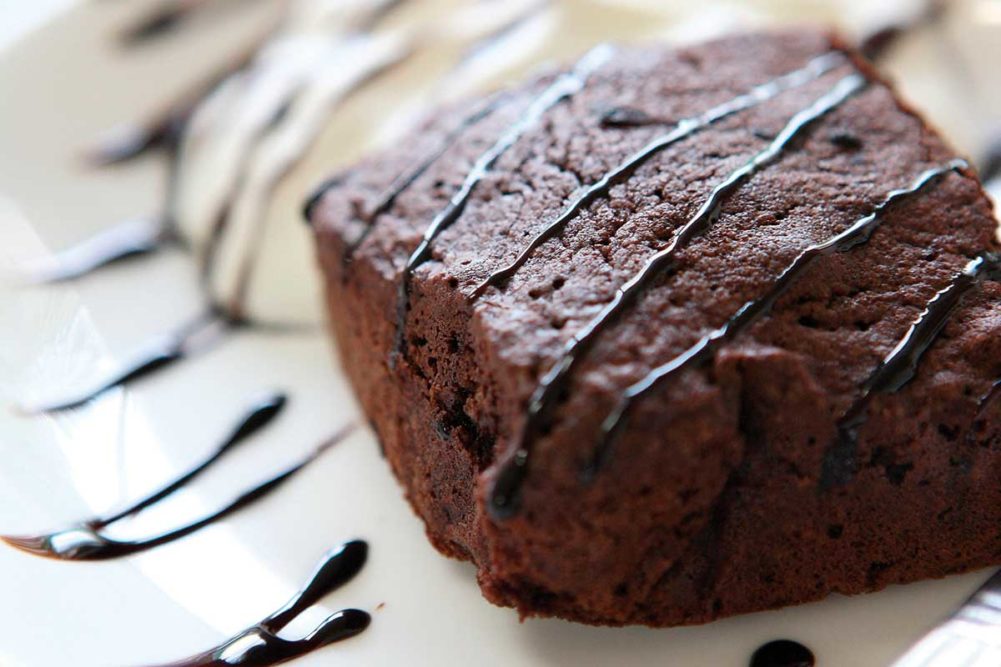Eggs provide many functions in baked foods, ranging from emulsification to leavening to moisture management. There’s not one single ingredient that can directly replace eggs, meaning a systems approach is required. This involves two or more ingredients, each with its own sensory drawbacks.
“There is no one-size-fits-all solution,” said Susan O’Shaughnessy, senior applications specialist, Edlong. “Our approach is to first address the functionality piece before choosing the ingredients to work with to deliver an end product comparable to one baked with eggs. Once this step is done, the major obstacle to overcome is taste. We recently worked on a project developing plant-based brioche products, which included fillings such as custard and curds. Flavors were used in both the brioche dough and in the bake-stable fillings.”
Aquafaba, the viscous water produced during the cooking of legumes, such as chickpeas, is trending as an egg replacer in baked foods because of its superior emulsifying, thickening and foaming properties. It’s one of the few replacers some bakers find to work in vegan angel food cake. The drawback: Aquafaba does not have the same flavorless profile as egg whites.
“Masking flavors help neutralize undesirable flavor notes and subsequently emphasize the desirable flavors,” said Jennifer Ma, manager, food technology, T. Hasegawa USA. “In such an application, masking flavors can be used to help enhance sweetness or vanilla-type notes.”
If you are trying to go gluten-free along with vegan, challenges intensify.
“Gluten-free vegan baking is a combination that is more difficult to reformulate, as gluten-free applications rely heavily on egg albumen,” said Jeff Casper, director of research and applications at Merit. “Our canola protein delivers the whipping and structure building of eggs, making it a valuable tool for formulators of meringues to muffins to cookies and beyond.”
When used in a vegan chocolate chip-type cookie, the canola protein provides the functional properties of whole eggs, while the flavor profile is complementary to the traditional recipe, according to Mr. Casper.
“The high oil binding and gelling properties of canola protein allow for proper spread and set in the cookie,” Mr. Casper said. “In addition, its low water binding does not affect the machinability of the dough.”
This article is an excerpt from the March 2022 issue of Baking & Snack. To read the entire feature on Flavors, click here.






